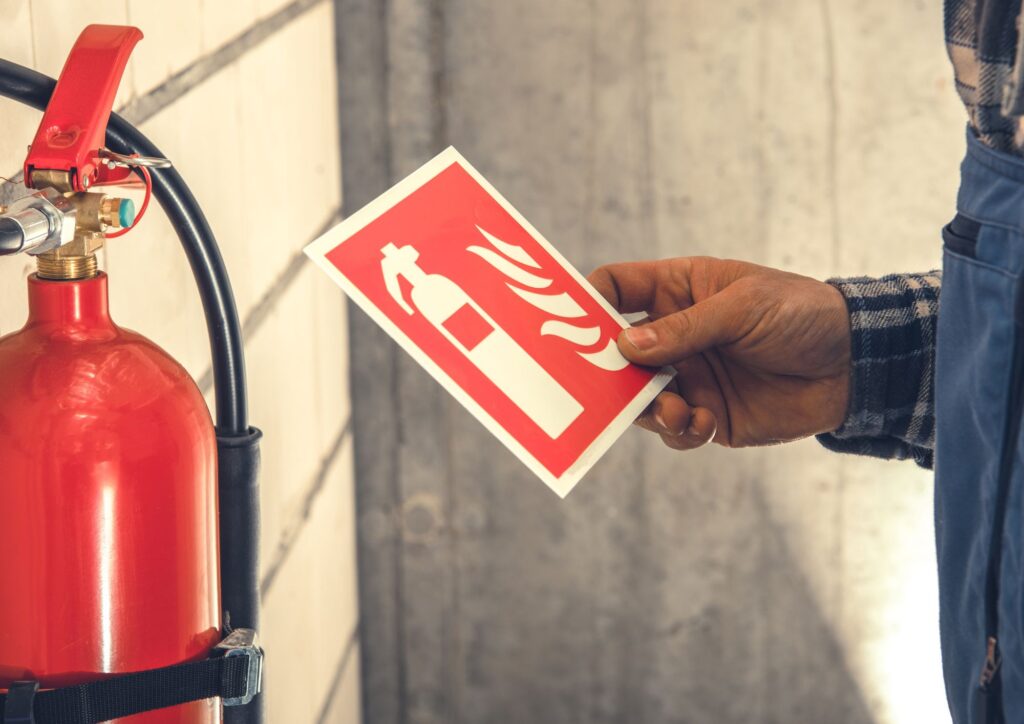
Fire safety regulations reform: enhanced building safety requirements for specified residential buildings
Wednesday 30th July 2025
The latest reforms to fire safety management, the Fire Safety (Residential Evacuation Plans) (England) Regulations 2025, impose additional requirements on the ‘responsible person’ (RP) of a ‘specified residential building’ in relation to the evacuation of certain residents who may need assistance.
The regulations follow recommendations in the Grenfell Tower Phase 1 Inquiry report which suggested that every high-rise residential building should be required by law to prepare ‘Personal Emergency Evacuation Plans’ (PEEPs).
PEEPs are already in use across some workplaces to identify how individuals who may need assistance will be safely evacuated. In a 2021 Government consultation, it was determined that workplace PEEPs would not be practical in a residential setting. The new regulations are intended to address stakeholders’ concerns.
Which residential buildings require PEEPs?
Only buildings that meet the definition of a ‘specified residential building’ will be affected by the new regulations. These are buildings that:
- Contain two or more domestic premises;
- Are at least 18 metres in height above ground level;
- Have at least seven storeys; or are more than 11 metres in height above ground level and have a simultaneous evacuation strategy. This applies to certain residential buildings deemed higher risk of fire where the RP has determined that all residents should leave the building in the event of a fire.
Relevant residents
The regulations introduce a new definition for ‘relevant resident(s)’, to assist the RP in identifying residents who may require a PEEP. A ‘relevant resident’ is defined as a person:
- who is a resident of domestic premises in a specified residential building, where the domestic premises are that person’s only or principal residence, and
- whose ability to evacuate the building without assistance in the event of a fire is compromised as a result of a cognitive or physical impairment or condition.
Who should conduct the PEEP?
The RP, as defined in the Regulatory Reform (Fire Safety Order) 2005, has overall responsibility for fire safety. In a residential building the RP is usually the landlord or owner, but the responsibility can be appointed to the person with control of the premises. Existing responsibilities include carrying out fire risk assessments, planning for an emergency and providing fire safety instruction and training.
The RP will be responsible for identifying relevant residents and offering them a PEEP. The diagram below shows the process RPs should follow:
RPs are responsible for ensuring compliance with the regulations. The RP may choose to appoint a specialist to assist with the preparation of the PEEP.
Practical Considerations
Under the regulations, the RP must take “reasonable endeavours” to identify any relevant residents. These “reasonable endeavours” are not clearly defined in the regulations.
In practice, any RPs who are responsible for multiple dwellings (e.g. the landlord or developer of a block of flats) should ensure that they maintain clear records of which tenants are relevant residents. Each relevant resident’s circumstances may change over time, so the RP should ensure that these records are regularly updated.
The regulations also stress that the RP must understand each relevant resident’s individual needs and implement a PEEP that meets those needs – the RP cannot simply implement a “one size fits all” approach to all relevant residents. When putting a PEEP in place, the RP will need to consider:
- the additional risks to the relevant person or the premises, in light of that resident’s cognitive or physical impairment or condition; and
- to what extent the resident is able to evacuate the building, without assistance, in the event of a fire.
However, importantly, the RP will need the relevant resident’s consent throughout every step of the process. If the relevant resident withdraws their consent at any point, the RP should make a record of this and have it available, should any questions be raised by the enforcing authorities.
The Government has prepared an “RP Toolkit”, with the intention of assisting RPs with the PEEP process and providing real-life examples of the procedure in practice. The RP Toolkit can be found here.
Enforcement
RPs for affected buildings will have time to prepare for the changes before they come into force on 6 April 2026.
As with other fire safety legislation, enforcing authorities such as the Fire and Rescue Service have the power to enforce compliance. Regulators can bring criminal proceedings in the event of non-compliance which could lead to unlimited fines.
To discuss how your business can prepare for these new regulations contact our Regulatory team.





